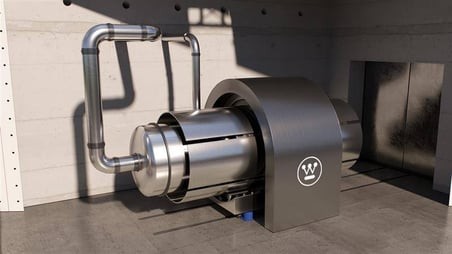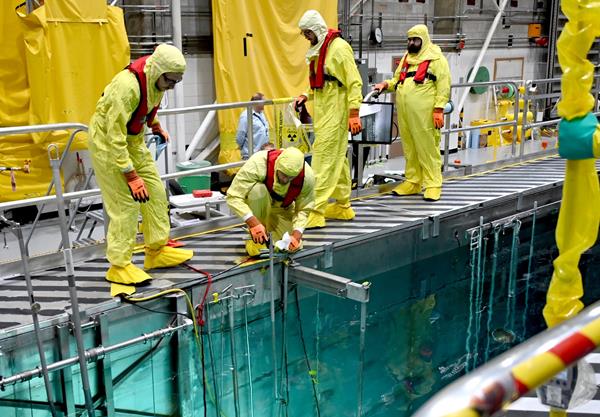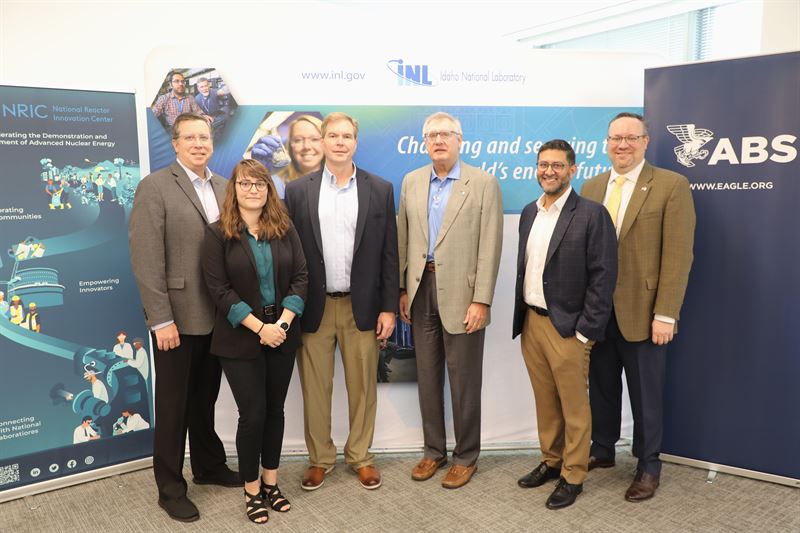Integrated energy systems: Transitioning to carbon-free electricity, industry, and transportation
On December 20, 1951, researchers used energy produced by Experimental Breeder Reactor-I near Arco, Idaho, to illuminate four 200-watt lightbulbs. Since then, utilities have built commercial nuclear power plants in the United States almost exclusively to generate electricity. This has worked well alongside other power generation and transmission infrastructure—large oil- and coal-fired, natural gas turbine or hydroelectric plants, and a relatively simple electrical grid designed to deliver reliable power.
Humanity is now embarking on an epic and complex energy transformation across the grid, industry, and transportation. Renewables like wind and solar are contributing an increasing share of carbon-free electricity to the grid, but that contribution is variable and hard to predict—sometimes those sources produce more electricity than the grid needs, and sometimes less.







